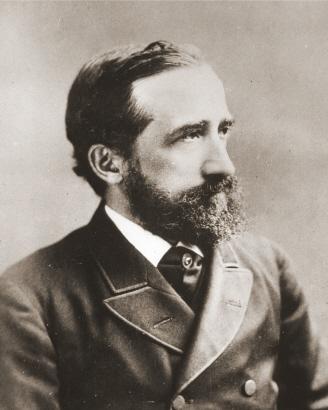
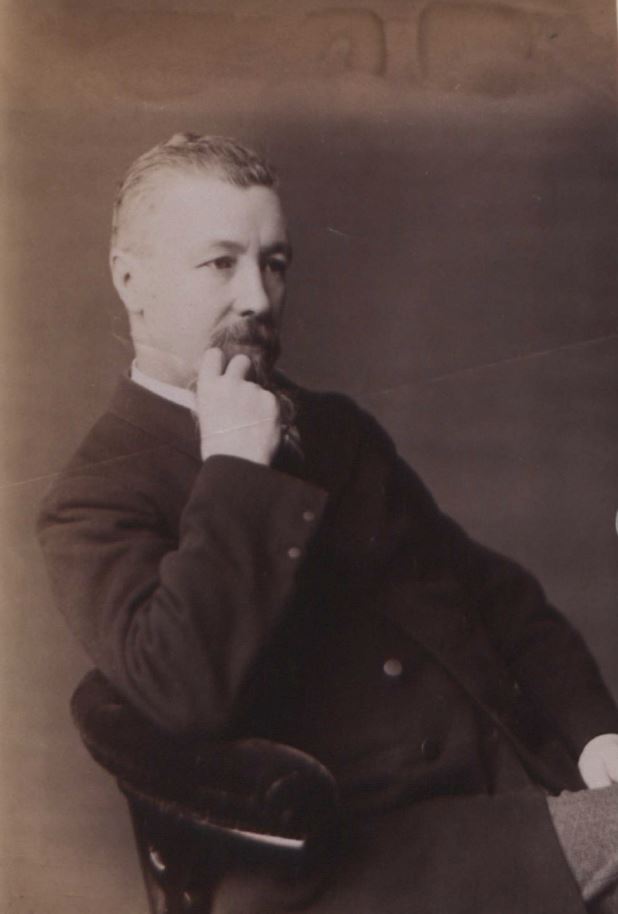
Edward Winter
(2015, with updates)


Johannes Hermann Zukertort and Joseph Henry Blackburne
Part One of this article presents the Zukertort v Blackburne game (London, 5 May 1883) as published in a selection of newspaper columns, magazines and books during the players’ lifetimes. Part Two discusses the position which arose after Black’s 30th move.
The full game-score: 1 c4 e6 2 e3 Nf6 3 Nf3 b6 4 Be2 Bb7 5 O-O d5 6 d4 Bd6 7 Nc3 O-O 8 b3 Nbd7 9 Bb2 Qe7 10 Nb5 Ne4 11 Nxd6 cxd6 12 Nd2 Ndf6 13 f3 Nxd2 14 Qxd2 dxc4 15 Bxc4 d5 16 Bd3 Rfc8 17 Rae1 Rc7 18 e4 Rac8 19 e5 Ne8 20 f4 g6 21 Re3 f5 22 exf6 Nxf6 23 f5 Ne4 24 Bxe4 dxe4 25 fxg6 Rc2 26 gxh7+ Kh8 27 d5+ e5 28 Qb4 R8c5 29 Rf8+ Kxh7 30 Qxe4+ Kg7 31 Bxe5+ Kxf8 32 Bg7+ Kg8 33 Qxe7 Resigns.
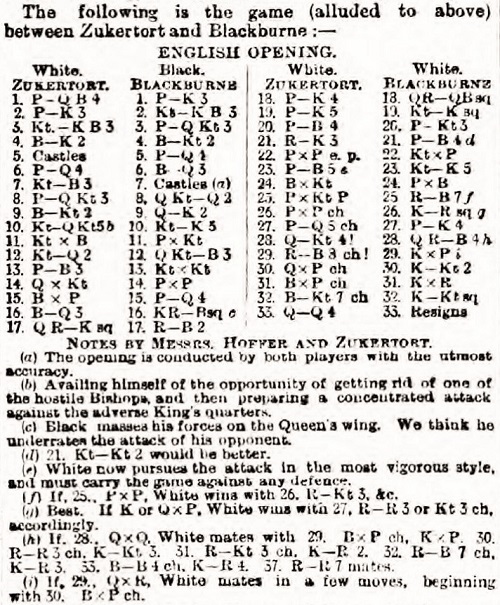
The above notes were reproduced in other publications, e.g. on page 149 of the Brooklyn Chess Chronicle, 1 June 1883, via the Preston Guardian.
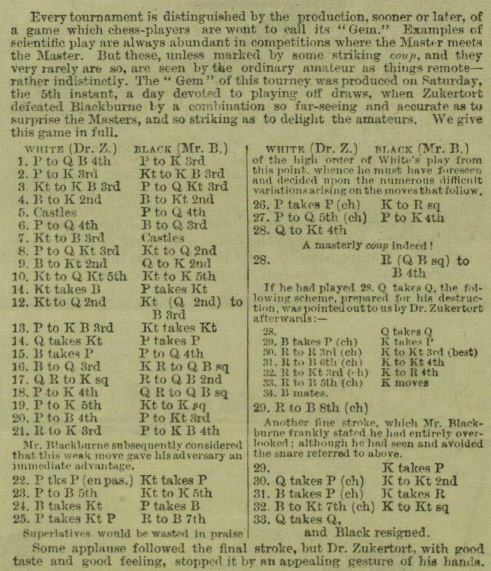
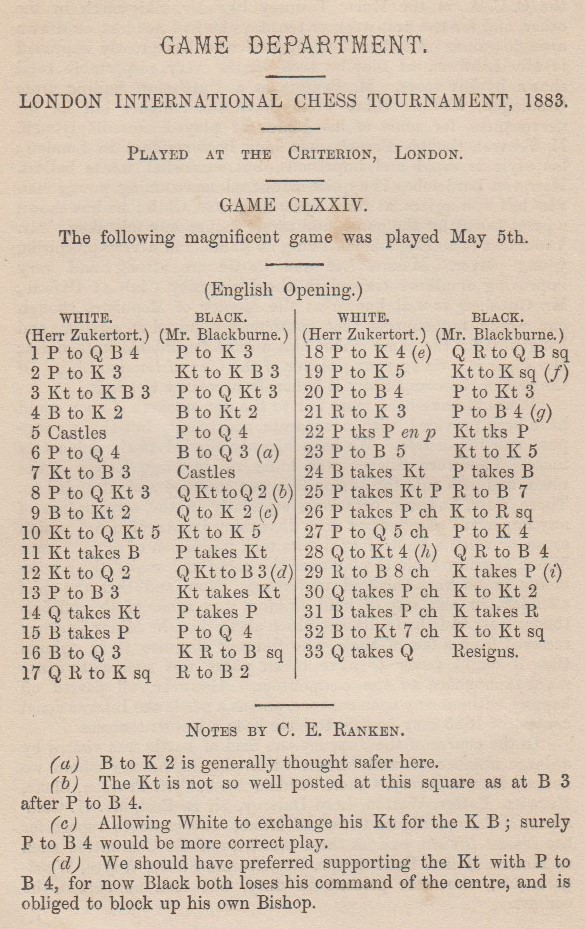
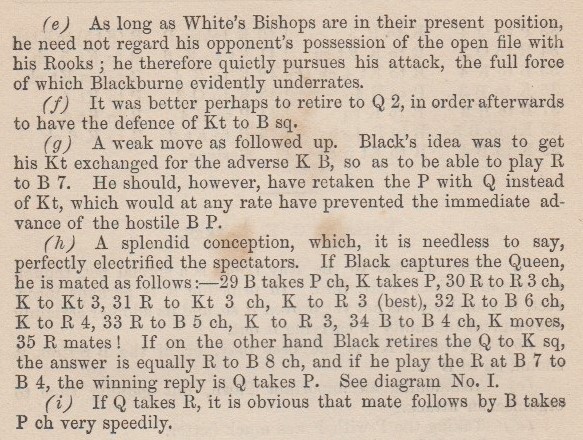
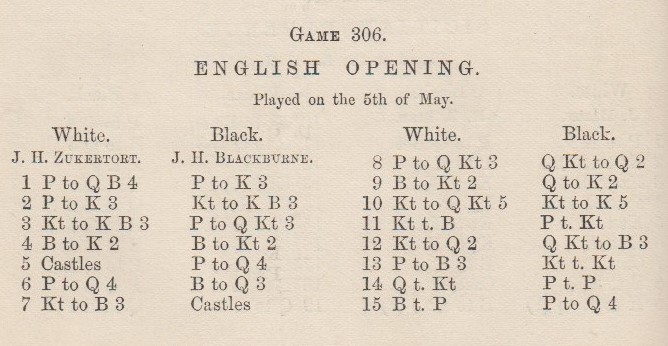

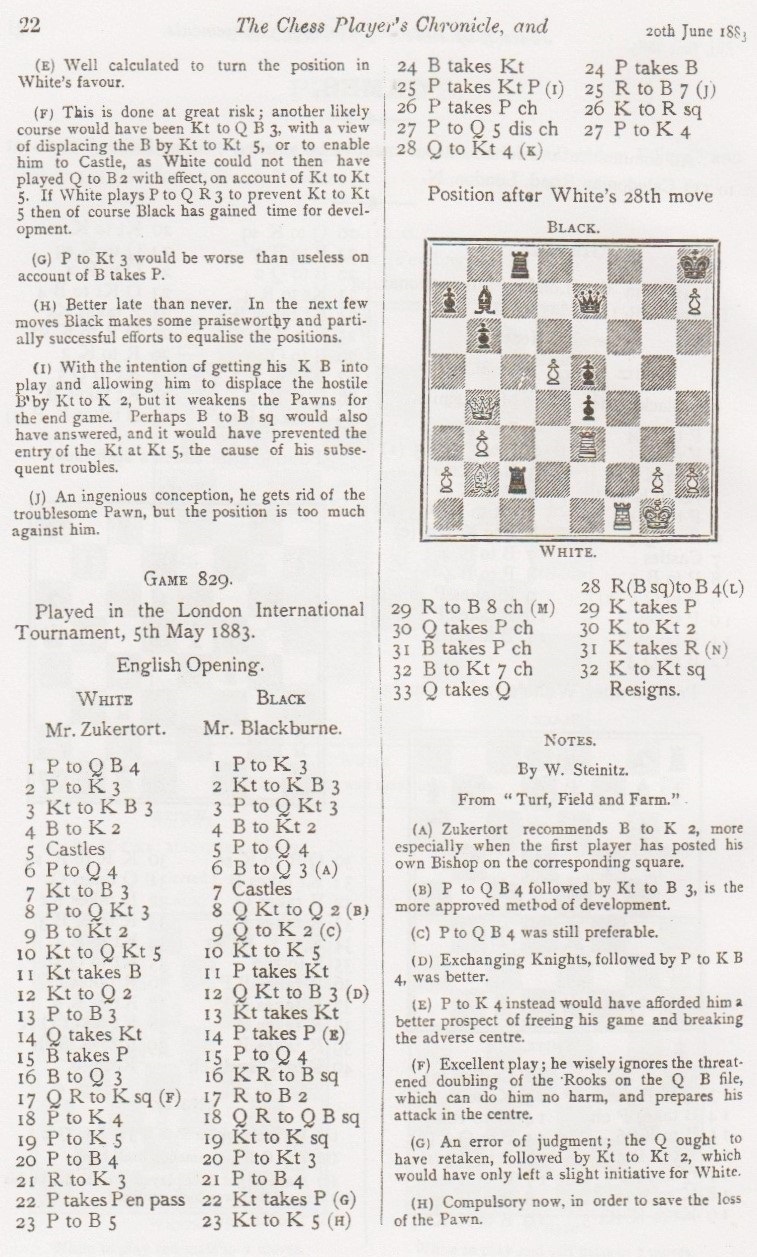
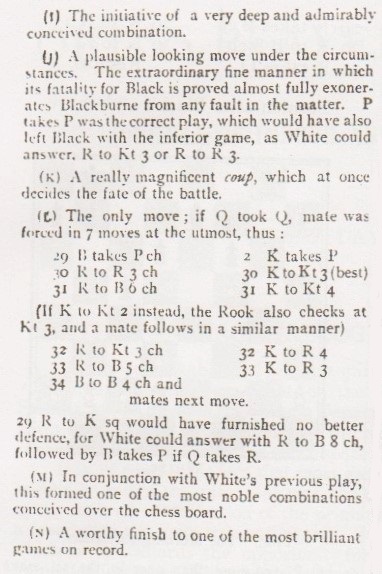
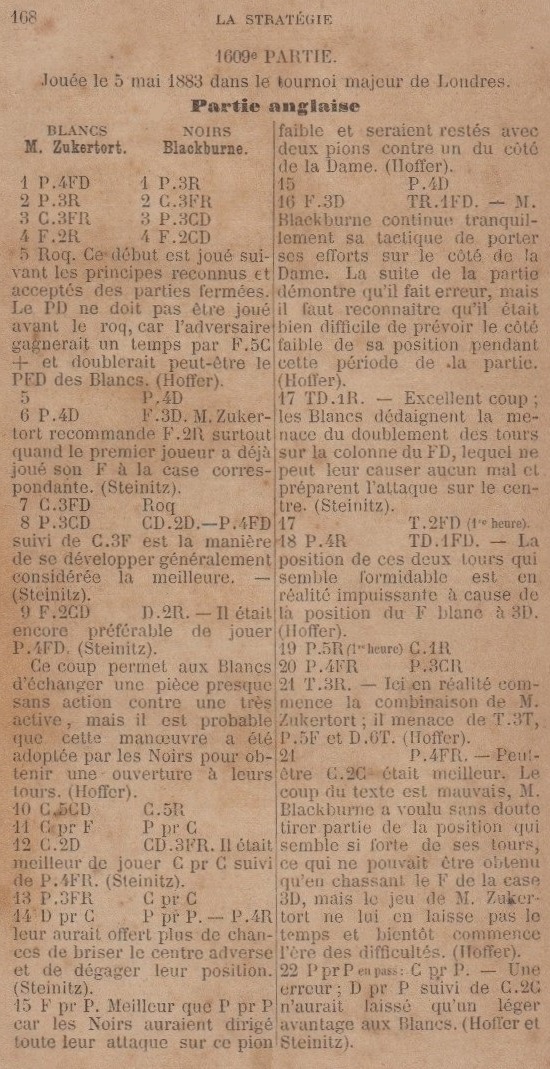

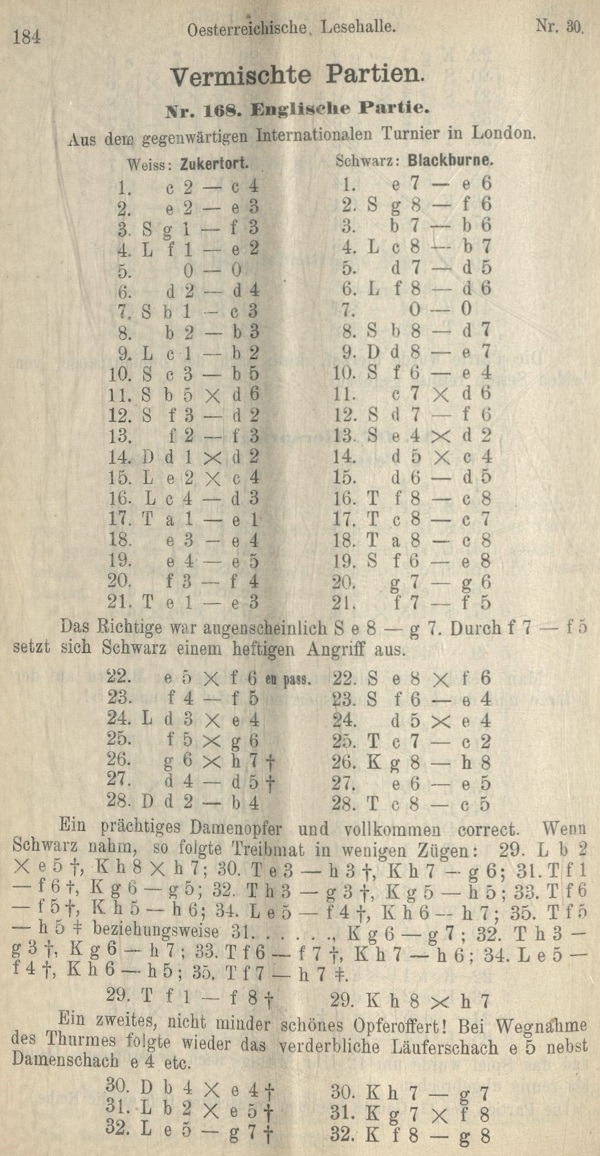

Reproduced courtesy of the Cleveland Public Library
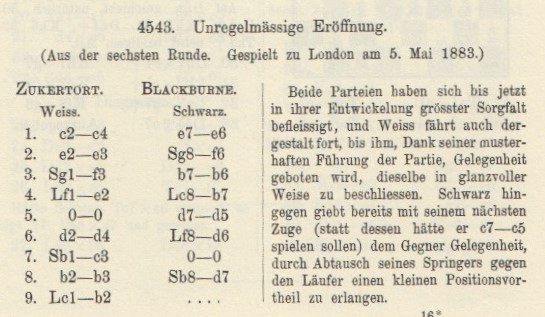
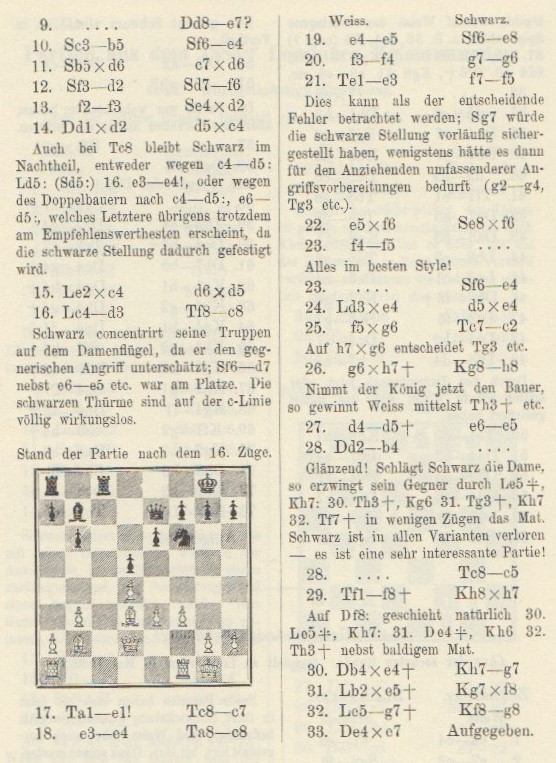
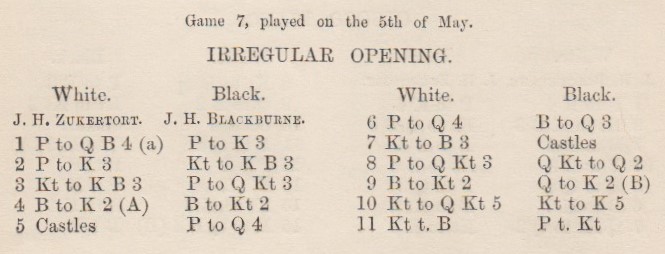
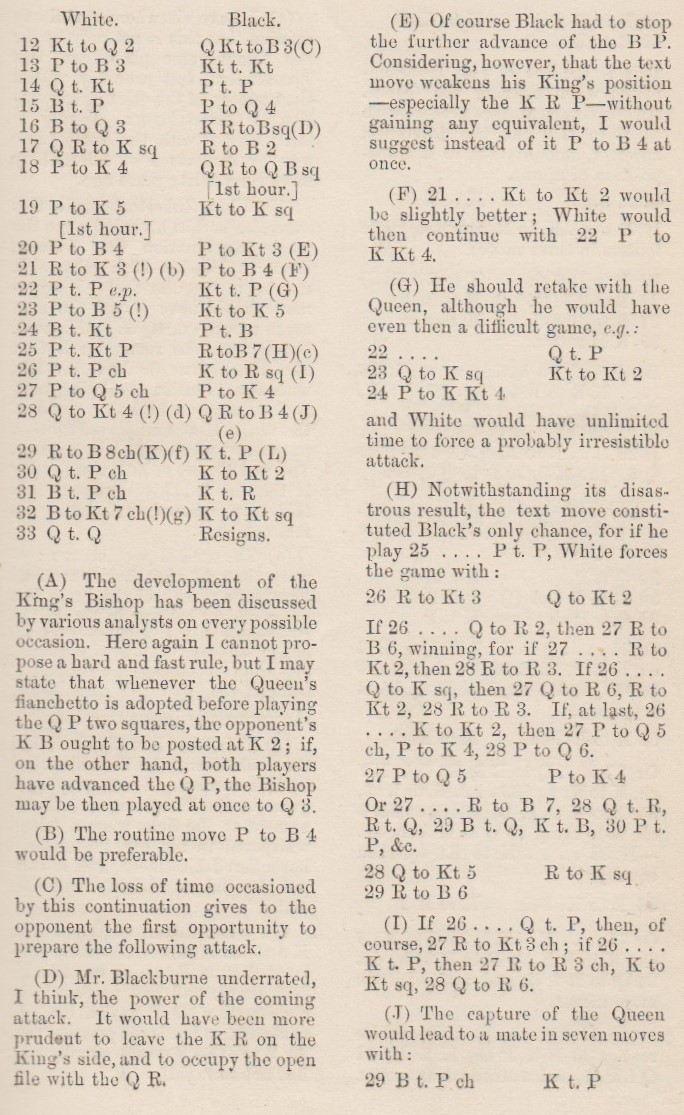
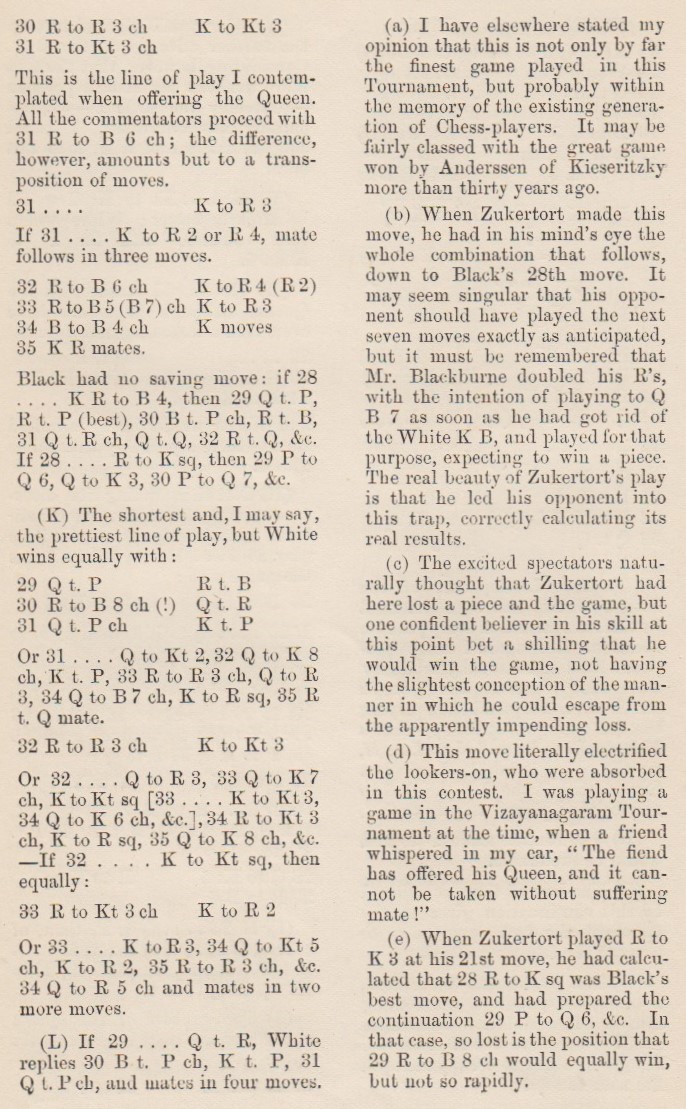

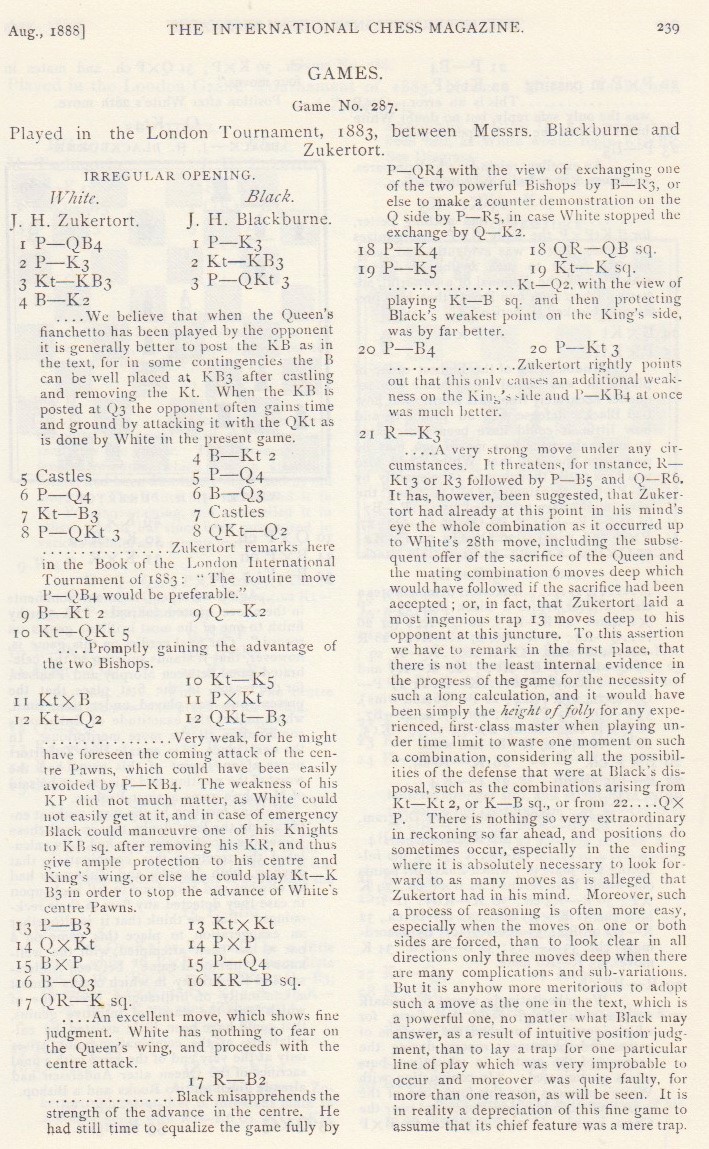
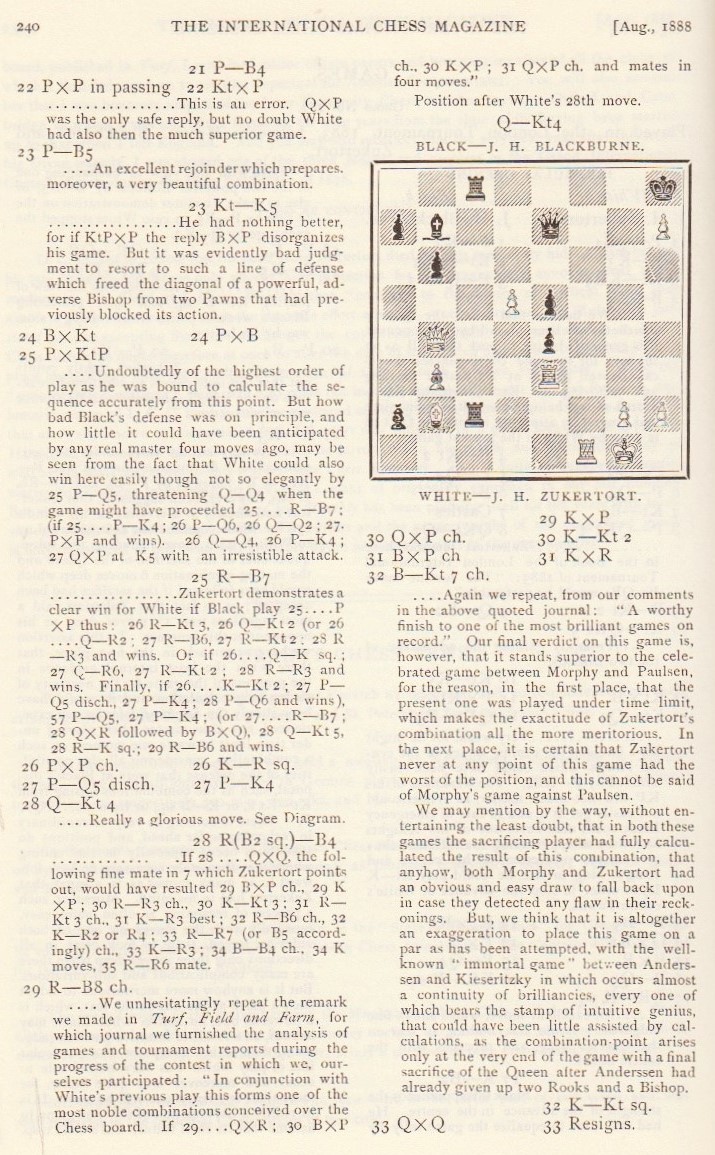
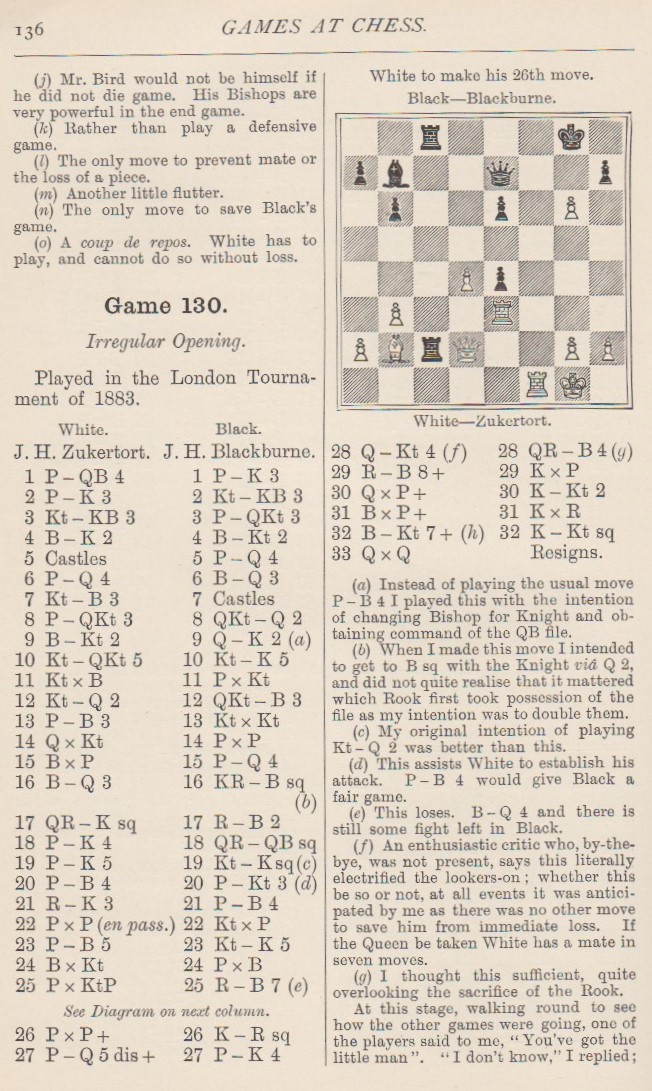
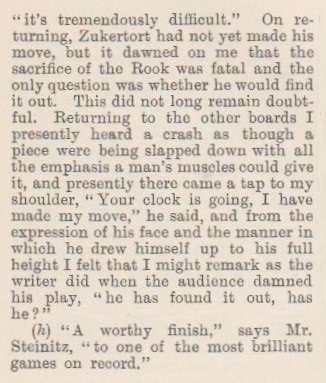
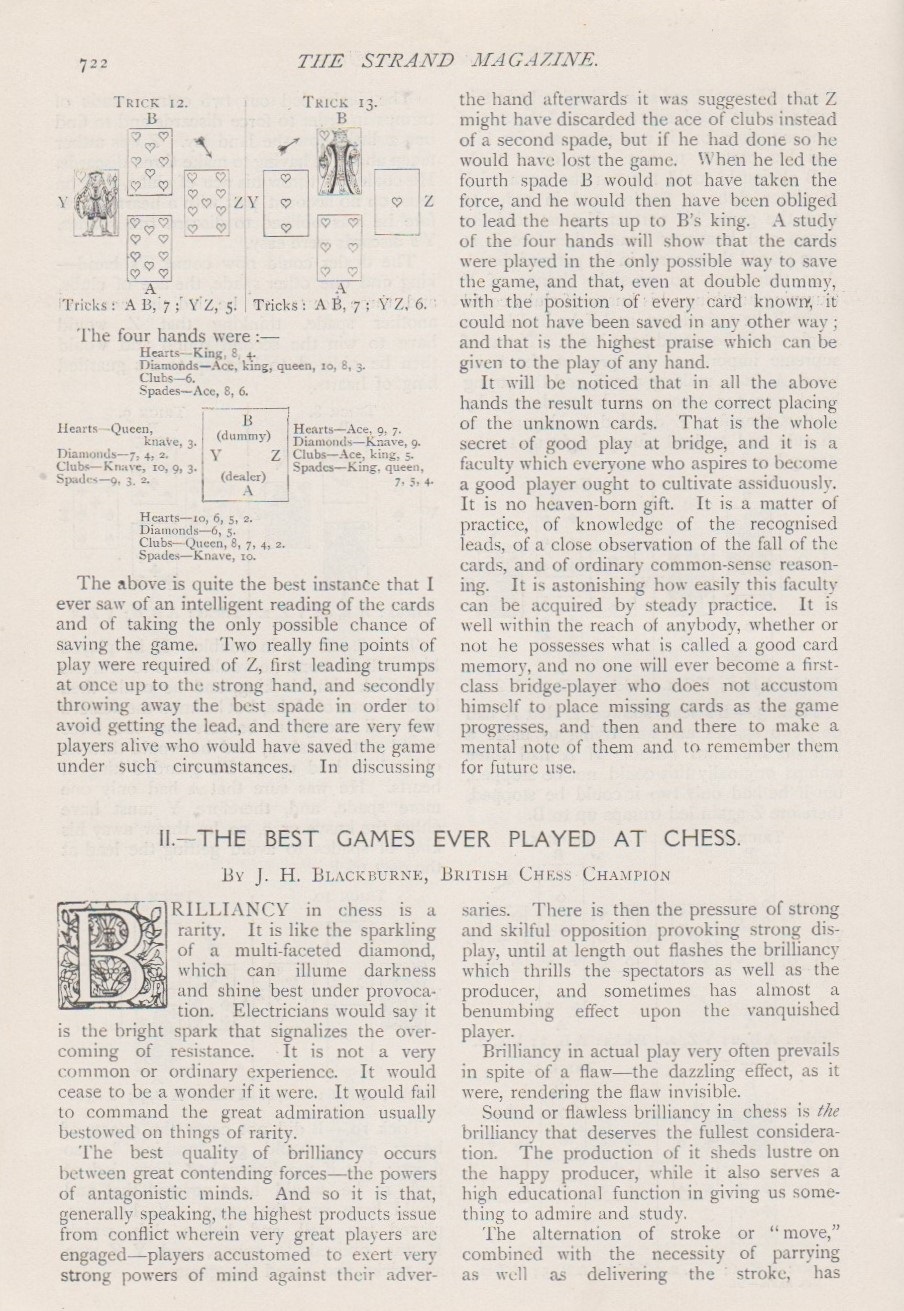
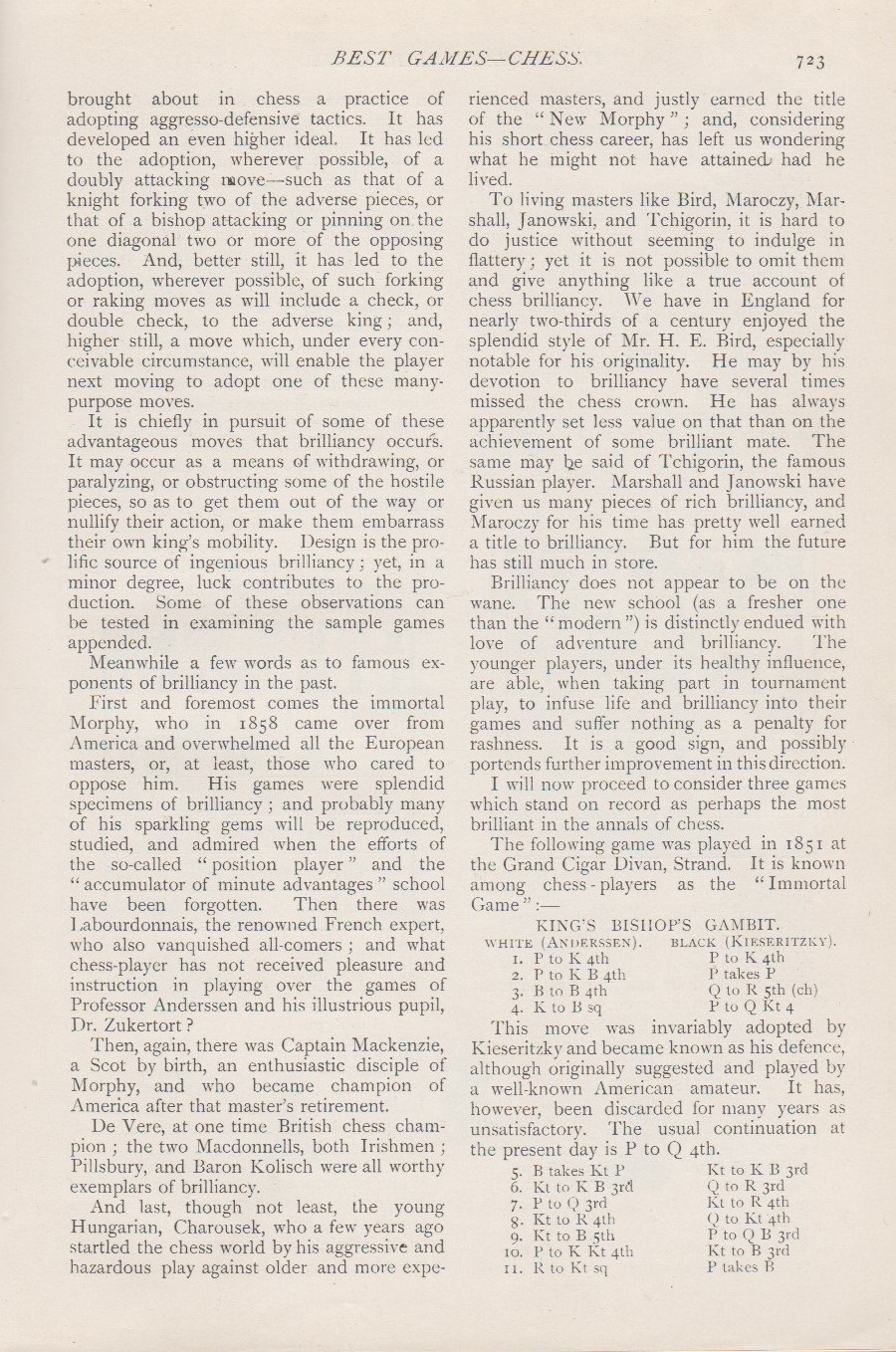
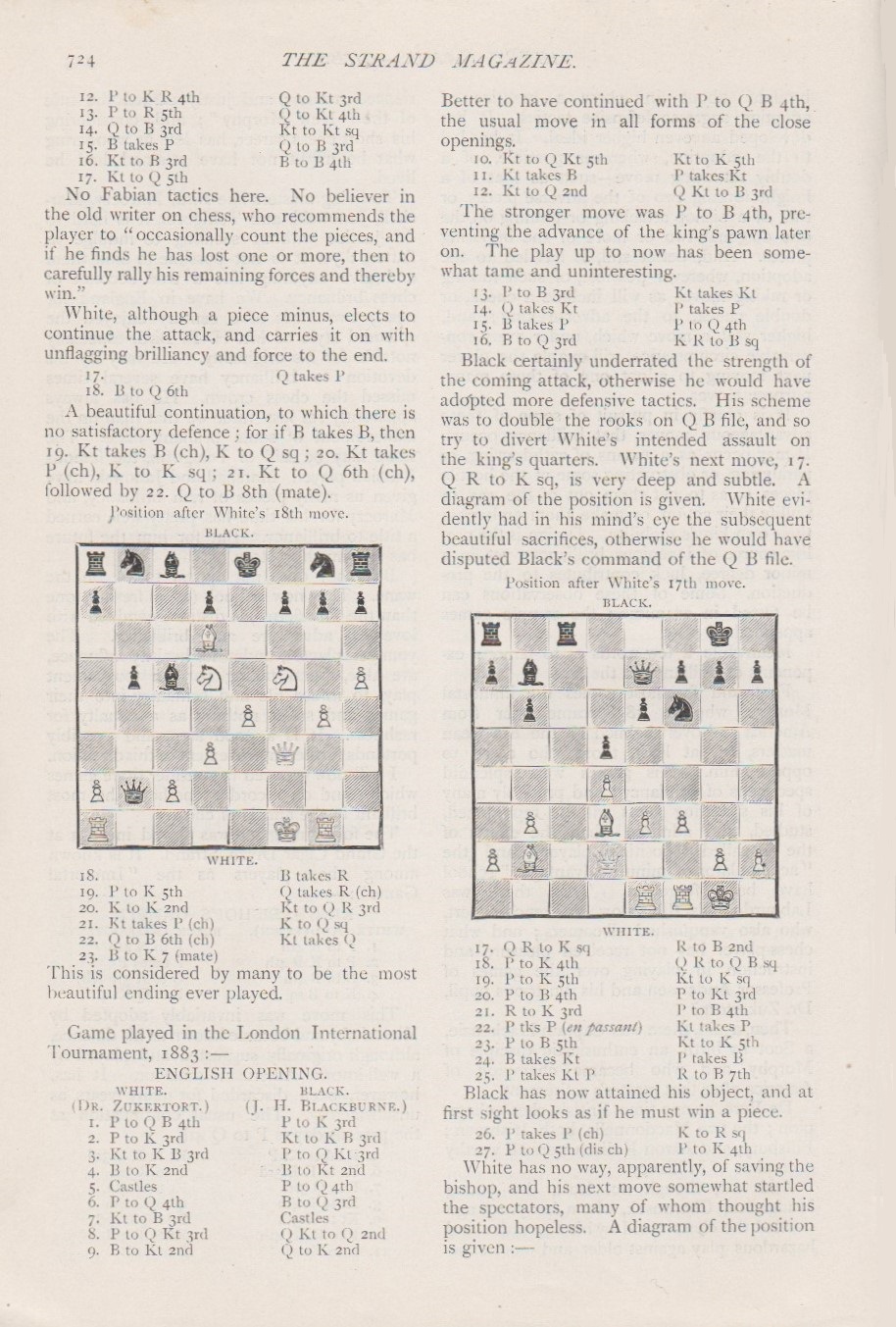
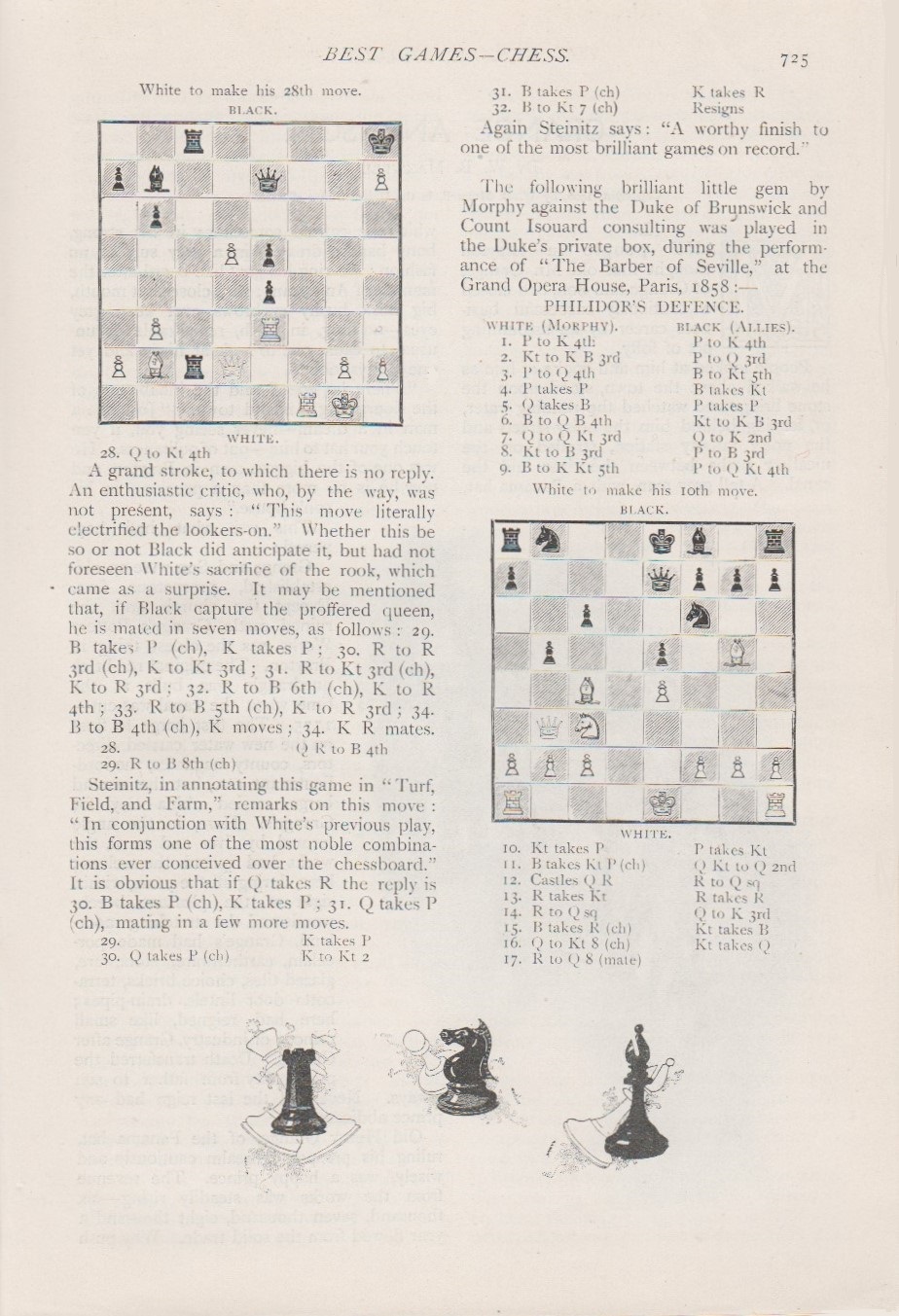
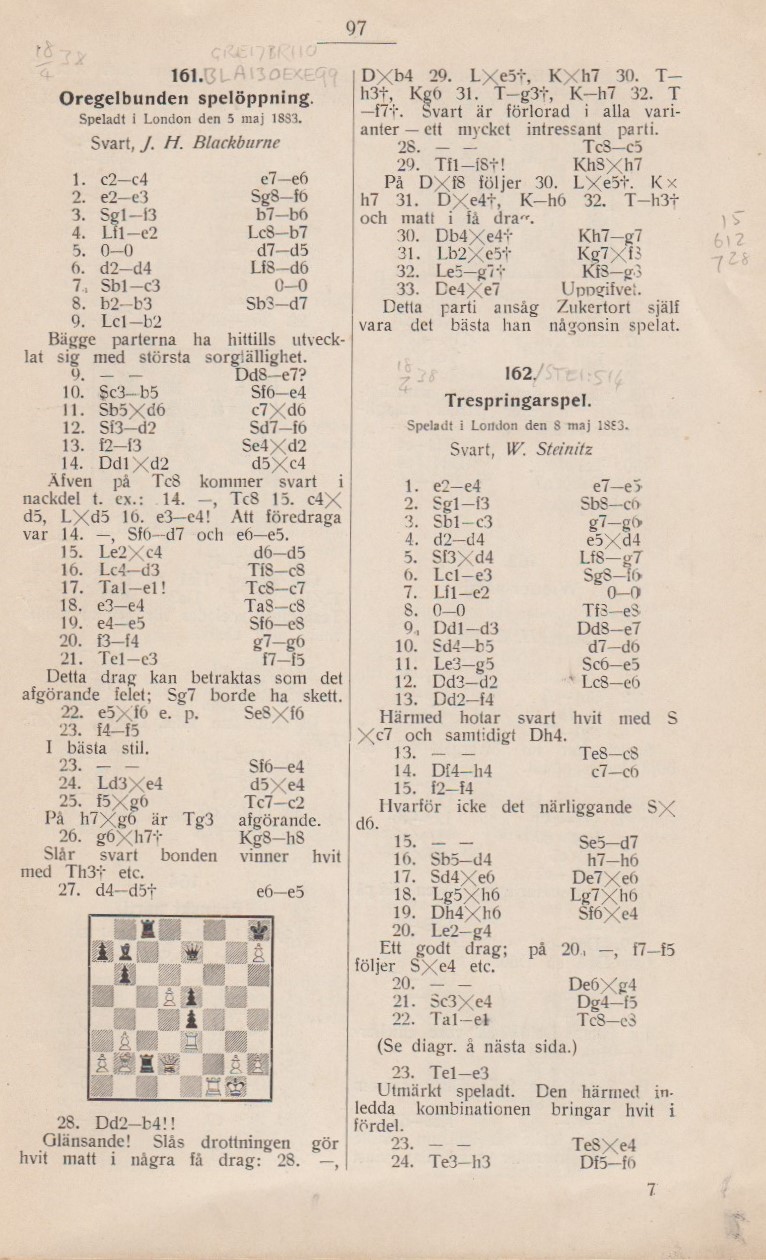
The pencil notes are by the book’s previous owner, W.H. Cozens.
From our collection: Zukertort’s visiting card and an inscription by Blackburne in Mr Blackburne’s Games at Chess:
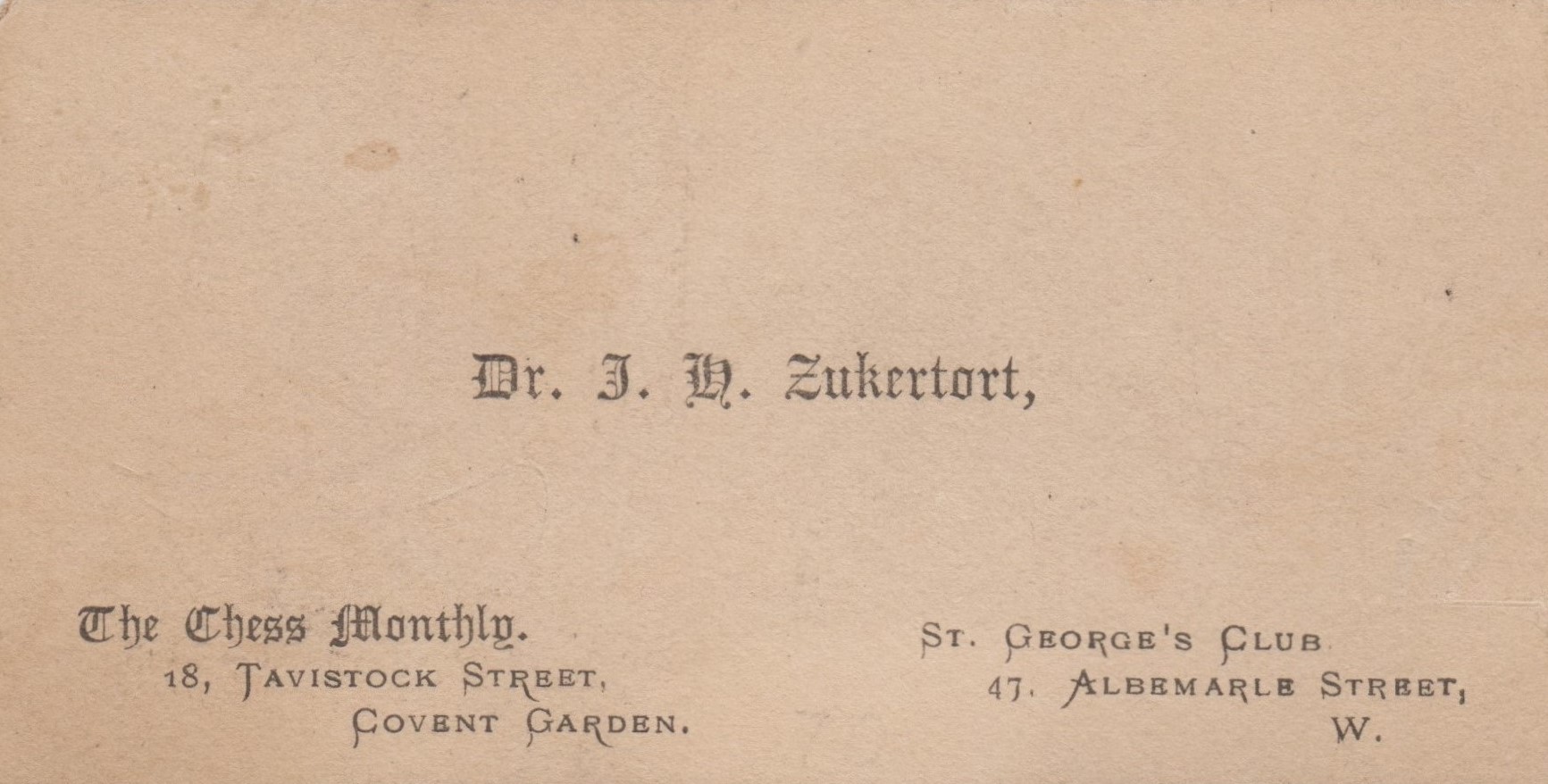
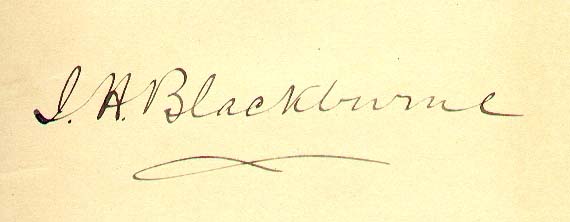
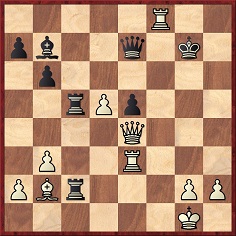
Position after Black’s 30th move
Zukertort won with 31 Bxe5+, and C.N. 2193 (see page 5 of A
Chess Omnibus) pointed out that although the move was
attributed two exclamation marks by Reinfeld on page 34 of The
Chess Masters on Winning Chess (New York, 1960), a forced
mate in seven with 31 Rg8+ had already been put forward by Edgard
Tchélébi of Beirut (1928-63) on page 60 of the March 1957 BCM.
Our 25-franc chess CD-ROM Jeux d’échecs (Micro
Applications, Paris, 1996) had given almost instantaneous
confirmation of 31 Rg8+.
That C.N. item was published on page 97 of the 5/1998 issue of New
in Chess. Shortly afterwards, Raymond Keene gave the
Zukertort v Blackburne game in his Spectator column (5
September 1998, page 52) when discussing The Mammoth Book of
The World’s Greatest Chess Games by Graham Burgess, John
Nunn and John Emms (London, 1998). Having failed even to copy the
book’s title correctly, Mr Keene concluded his article as follows:
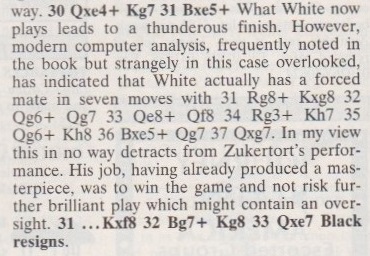
Yet the main point of the (unmentioned, of course) C.N. item had been that the forced mate was found not by a computer but, decades previously, by an unsung hero.
Below is the relevant part of page 60 of the March 1957 BCM in which Tchélébi’s ‘fascinating discovery’ was presented, in the Quotes and Queries column of D.J. Morgan:
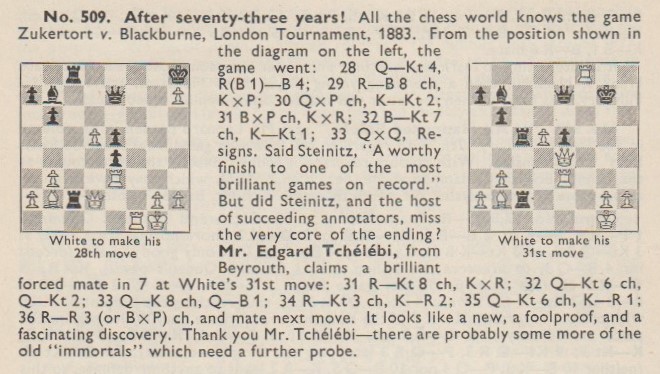
Among many books which have ignored 31 Rg8+ is the first volume in Kasparov’s Predecessors series, as our 2003 article pointed out. From page 64:
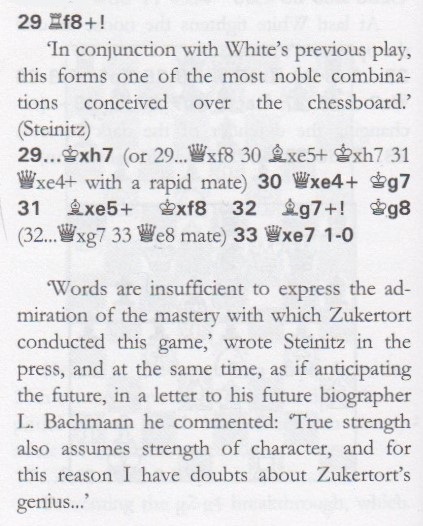
The above-mentioned book by Reinfeld, The Chess Masters on Winning Chess, gave the Zukertort v Blackburne game on pages 24-35. Zukertort’s annotations in the London, 1883 tournament book were commented upon by Reinfeld, in italics, and below is the part, from page 34, where 31 Bxe5+ was given two exclamation marks:
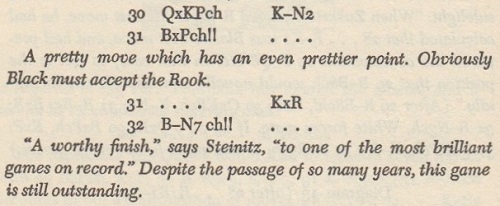
We returned to the conclusion of the Zukertort v Blackburne game in C.N. 3864, to point out that on page 45 of the August 2005 Chess Life a reader of the ‘Evans on Chess’ column had asserted:
‘Everyone, and I do mean everyone, gives 31 Bxe5+ an exclam, yet about 30 years ago I found a significant improvement’ [i.e. the forced mate in seven beginning with 31 Rg8+].
This is what Chess Life naively published:
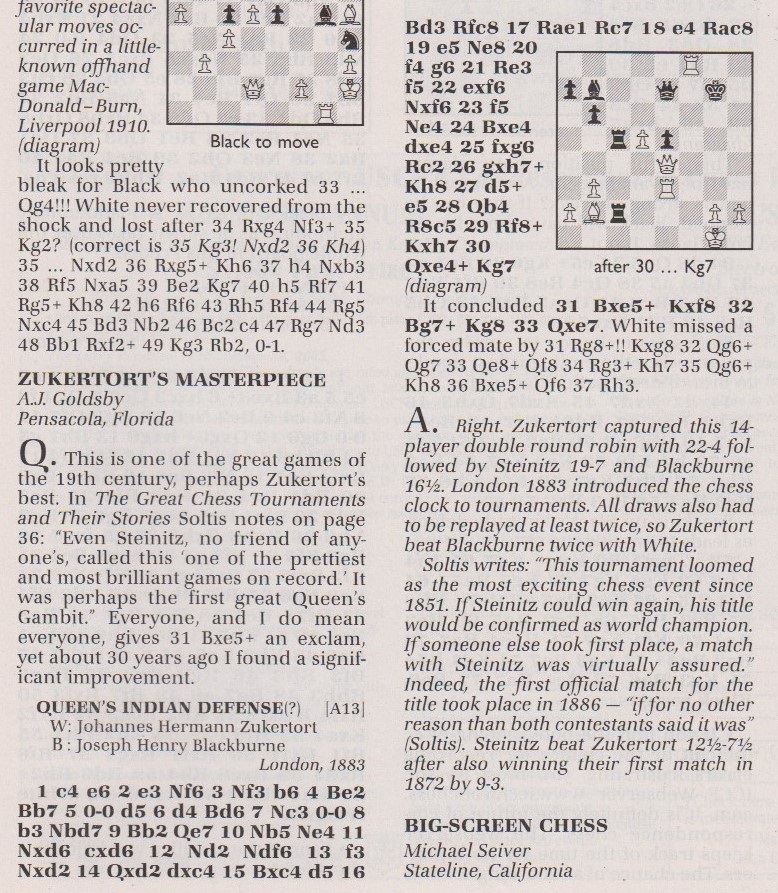
Without credit to Tchélébi or anyone else, the move 31 Rg8+ was mentioned on page 120 of Der Großmeister aus Lublin by C.W. Domański and T. Lissowski (Berlin, 2005), but not in subsequent editions of The Mammoth Book of The World’s Greatest Chess Games or, indeed, in Johannes Zukertort Artist of the Chessboard by J. Adams (Alkmaar, 2014) or Joseph Henry Blackburne. A Chess Biography by T. Harding (Jefferson, 2015).
Writers may have their reasons for not referring to the possibility of 31 Rg8+, yet it is a significant discovery from the pre-computer age. Tchélébi’s only other contribution to the Quotes and Queries column was on page 249 of the September 1953 BCM, an analytical point concerning the famous Adams v Torre game. See too C.N. 9018. He was a prominent player in Lebanon, and appeared on top board for his country in the 1958 and 1960 Olympiads. He died in 1963 at the age of 34, and had a brief notice on page 238 of the August 1963 BCM:

Below is his entry in the unpublished 1994 edition of Chess Personalia by Jeremy Gaige:
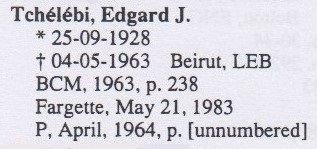
Another work which gave 31 Bxe5+ two exclamation marks, even though White had a forced mate in seven with 31 Rg8+, is The Macmillan Handbook of Chess by I.A. Horowitz and F. Reinfeld (New York, 1956). See page 94.
(9540)
One exclamation mark was awarded to 31 Bxe5+ on page 230 of Play for mate by David Hooper and Bernard Cafferty (London, 1977).
The move 31 Bxe5+ was passed over without comment when the game was annotated on pages 81-82 of the London Chess Fortnightly, 14 January 1893.
The same applies to page 5 of the New York Evening Post, 16 October 1907, where Lasker discussed the game.
See too The Best Chess Games and Chess and Computers.
To the Chess Notes main page.
To the Archives for other feature articles.
Copyright: Edward Winter. All rights reserved.